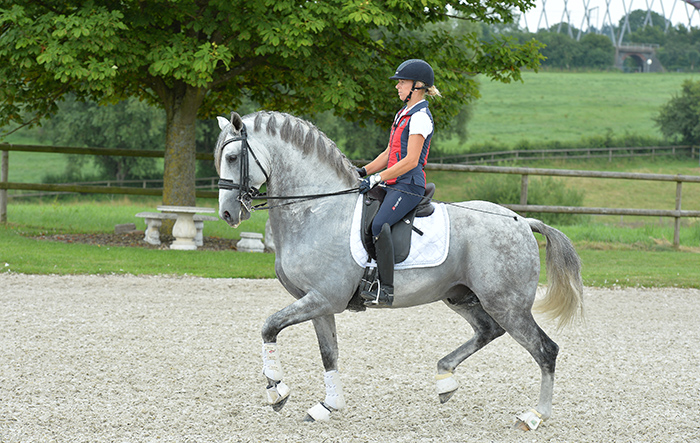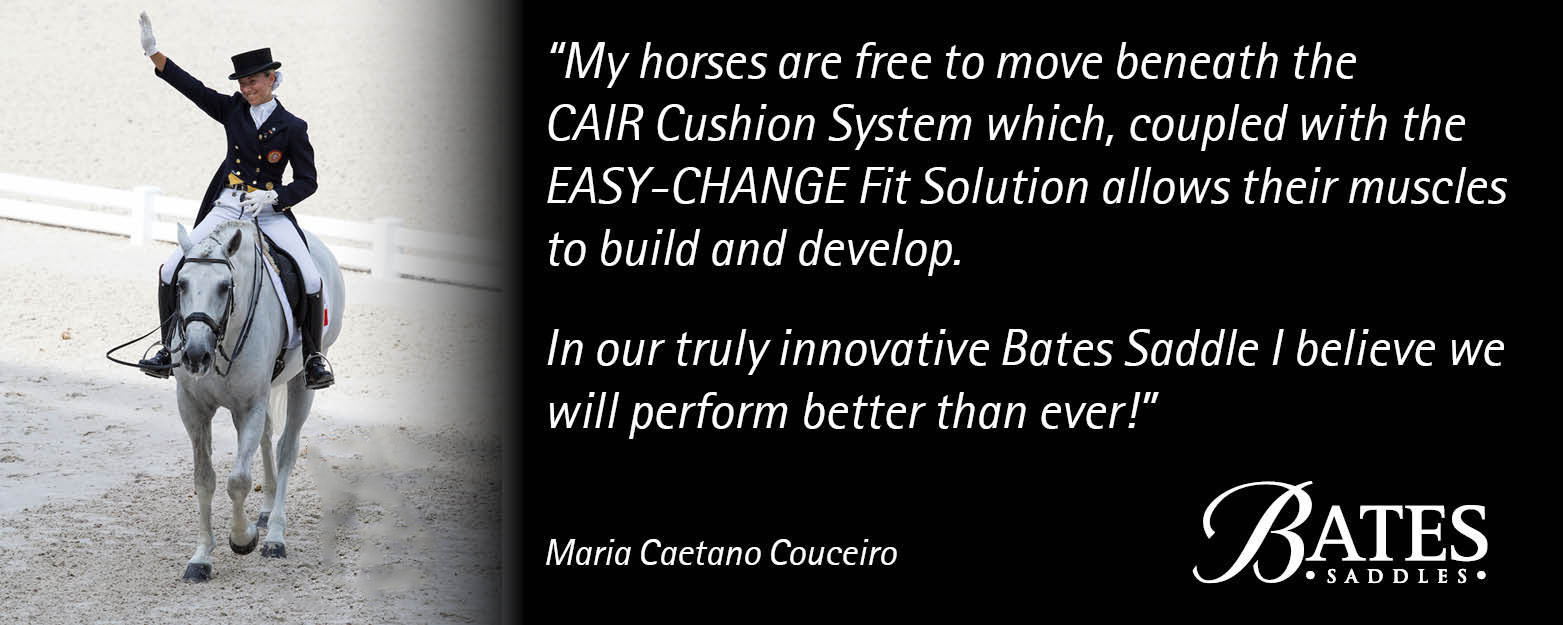story – Christopher Hector
photos – DigiShots, Eric Knoll and Roslyn Neave
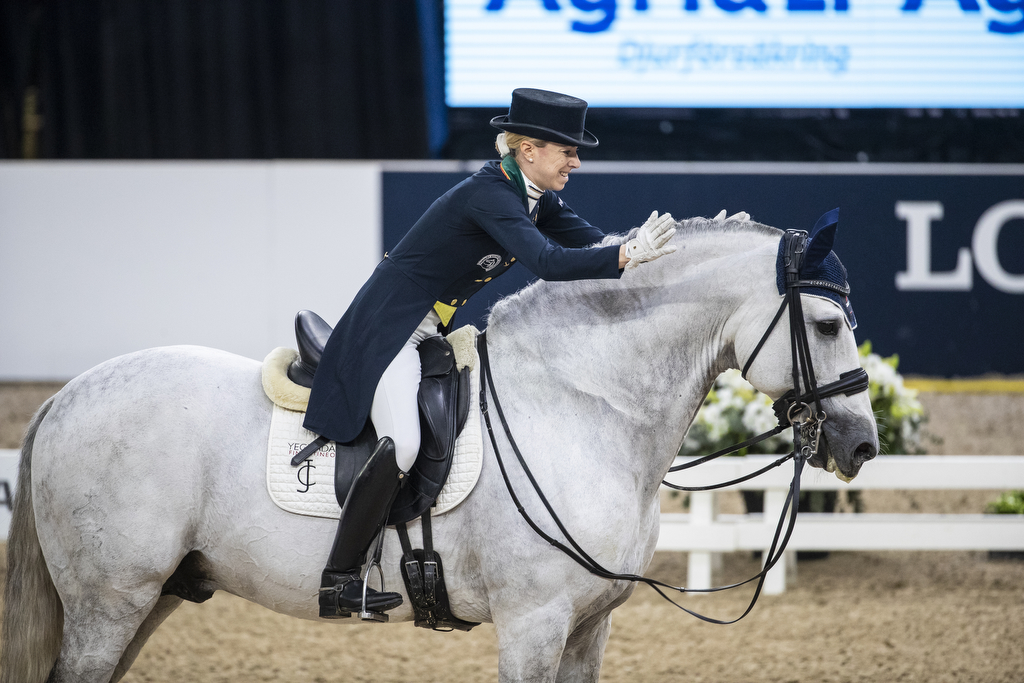
Maria Caetano is one of the new stars of international dressage, bringing to the mix the wonderful equestrian tradition of her native Portugal. She also brings to the world of dressage, the rich tradition of bullfighting riding, a tradition she inherits from her father, Paulo Caetano, one of the most famous bullfighting riders of all time. Riders like Paulo not only fight the bull from horseback, but they also show their prowess in the more difficult dressage movements to an appreciative crowd…
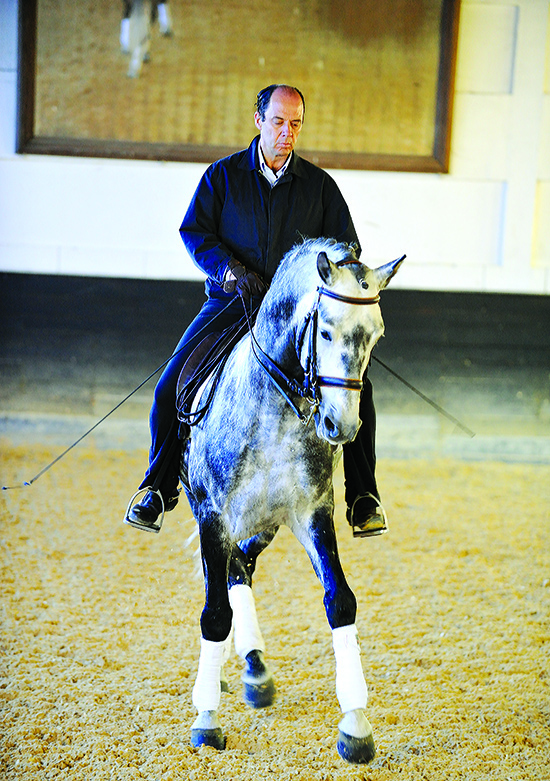
From being something of a novelty on the international circuit, Maria has well and truly established her place – and the place of the Lusitano – in the big sport. I caught up with her at her first World Cup final at Göteborg…
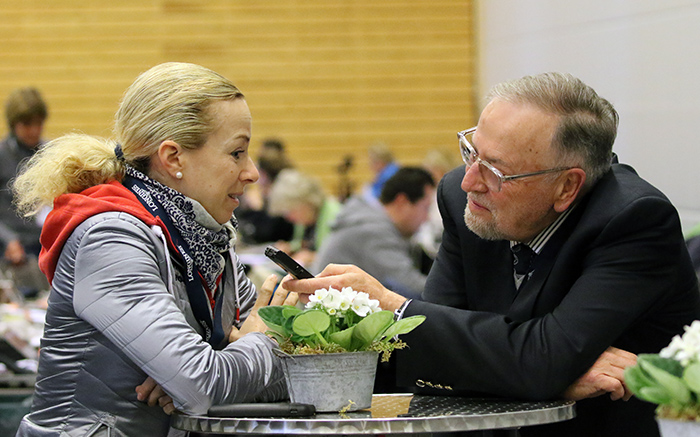
When I first met you, you were just nibbling your way into the big European scene, and hoping to get a couple of 70s along the way – a lot has happened in a couple of years…
“Yes! I remember when we met before Aachen two years ago, and then, thank God all my plans went well – with training, with competition, my horse has developed very well, so here I am at the World Cup finals and very happy for that. My first World Cup final.”
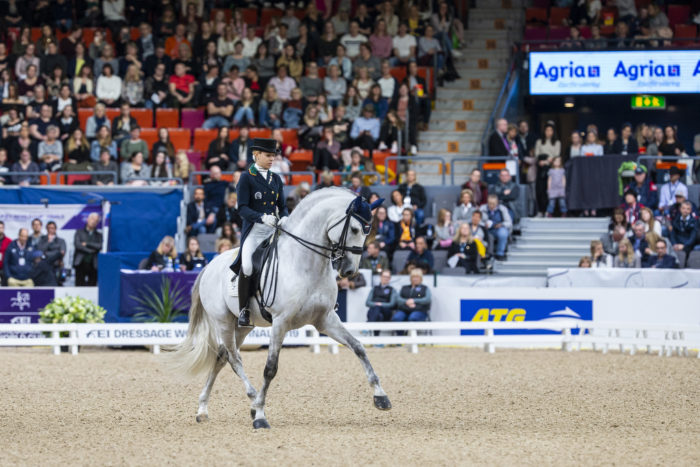
But now you are going out and consistently scoring 70s, you are not the rider with the Lusitano, how different – now you are part of the big circuit…
“I feel very happy to be in the group of the best riders in the world, also on the world rankings. I think it is a result of consistently working and training, sacrifices like living away from home. I am living now in Germany for training but, yep, I’m happy.”
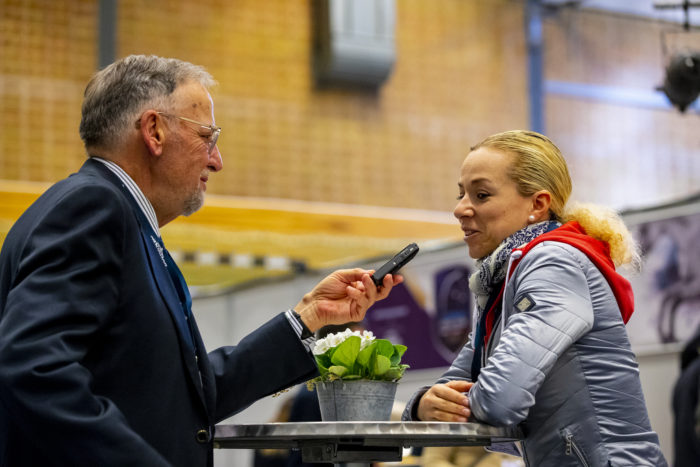
In the transition from being a Portuguese rider to being an international rider, what are the key lessons, the adjustments, you have made?
“You have to be very focused on the objective, the goal, to work hard to it, and to try and improve every day and believe that we can arrive at our goals. That’s what I did, and I am still doing, I’m lucky I have a very nice horse, with the physical and mental capacity to get to that level – also very nice owners and sponsors that support me. I look at the good riders and try to learn every day from them, and try to be part of them, one day.”
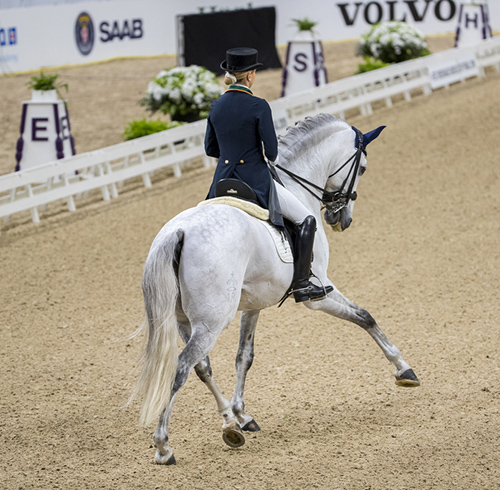
The management issues are much more complicated, traveling around Europe to get to the big shows…
“That’s why I have moved from Portugal to Germany, mainly for that, because in Portugal to get to the big shows, I had to travel a lot. In Germany it is very central, in winter you can compete at the indoor shows, the World Cup qualifiers, and now we start the preparations for the European Championships and the Olympics. That change was a big step, to come out of home with all my horses. It is a sport career and you have to be fully dedicated to it. For me it is very nice because it is what I want and when you do what you want and what you like, it is not hard, but at the end of the day, we are never at home, always traveling and 100% dedicated to the horses because now when I go home to my stable in Germany, I have all my other horses waiting. There’s no time for a holiday.”
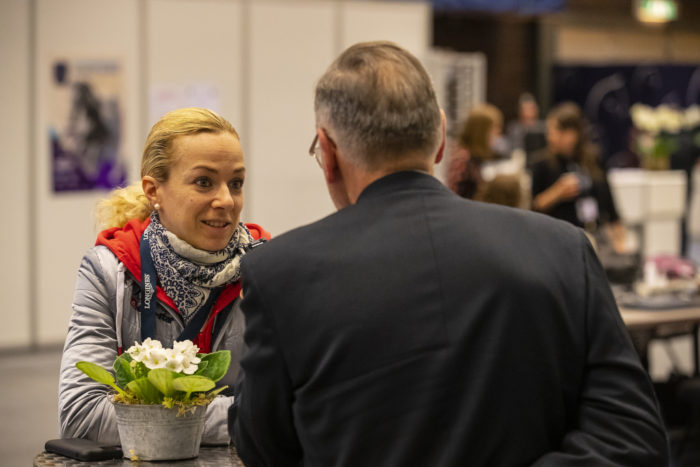
I can imagine when you start competing at the big shows, you go into the warm up arena and think, oh my god, that’s Isabell Werth, that’s Dorothee Schneider, now do you feel part of the scene?
“Actually yes. In the beginning I looked at them with a big admiration and tried to learn a lot from the big riders, and they are all very inclusive, they are very kind. I have been competing in the European Championships since ten years ago so I know the most part of the riders and it was very nice right from the beginning when I started to go to big competitions. I don’t feel afraid, since the beginning, I tried to look at the others and learn and try to become part of that group, step by step, of course.”
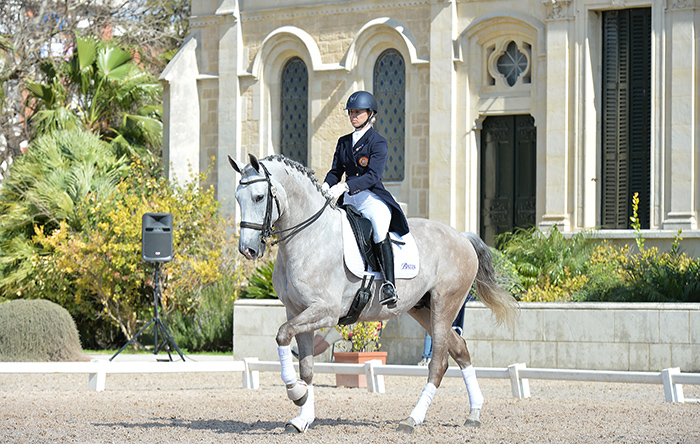
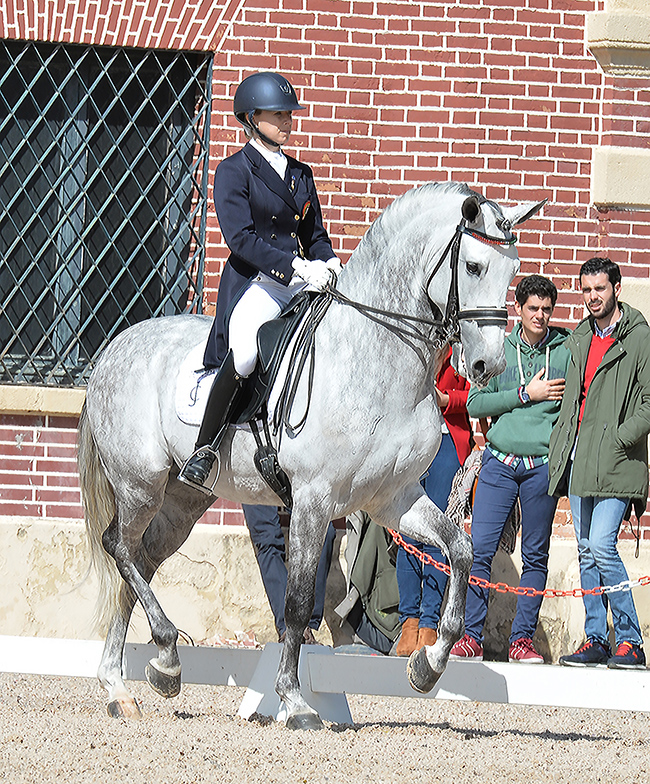
International competition back in 2016, not far from home in Jerez de la Frontera
You were the second combination in at the World Cup final, were you nervous?
“Yeah, I think everyone gets a little bit nervous, but I am doing what I like so I don’t any pressure for a result, of course good pressure, but I was not really nervous.”
Do you have a routine when you prepare?
“I like to be away from the competition place, from the venue, I try to stay in the hotel, or the truck, depending on the show, and just come some minutes before I start the warming up. I like to stay in my room focused, not in the big atmosphere, after I ride I stay and watch the others, but my routine is to stay alone a little bit before warming up. I think about the competition, and how to ride him in the competition, because horses change sometimes they are very fresh, sometimes a little bit tired, and you have to adapt your riding. I try to make a resume of all the conditions, also the conditions of the arena – I have to focus here, here, here.”

“In the warming up, I think about the best days with my horse, the training the day before, or two days before, how is he feeling, is he a little bit tired or is he too fresh, I try to find the right technique to warm him up.”
Even in the big atmosphere of the Scandinavium, your horse looked very calm…
“He loves the atmosphere of the stadium here. Before I had some indoor shows where he was nervous, like in Madrid, he was very excited in the World Cup Qualifier but here, since the first day, he was very quiet and liked the place. I think he is also getting used to the indoor atmosphere, he was a bit surprised in Madrid, but now he is more confident.”
Are you still training with Ton de Ridder?
“Yes, I am based in Dusseldorf, and Ton comes to my place to train me.”
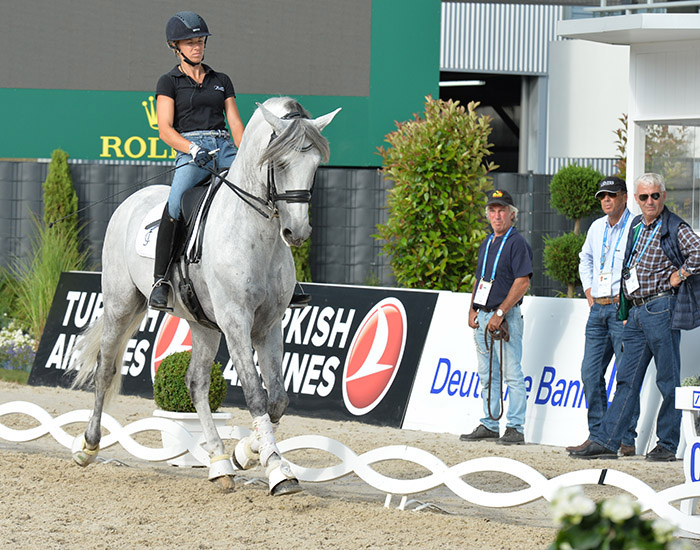
Talk us through your Freestyle for the World Cup Final..
“Actually my Freestyle means a lot to me, because it was made for one horse that I had before. He was one of the first Lusitanos arriving at the 70%, Util. He competed in only three or four international shows. He died five days before traveling to Kentucky to the WEG, he was nine at the time, a time when his career was rising. I had that Freestyle for him, and I never used it, and when Coroado started, I thought, maybe I would like to use that music to make a homage to Util. He was also grey, like Coroado, so to keep his image in my mind.”
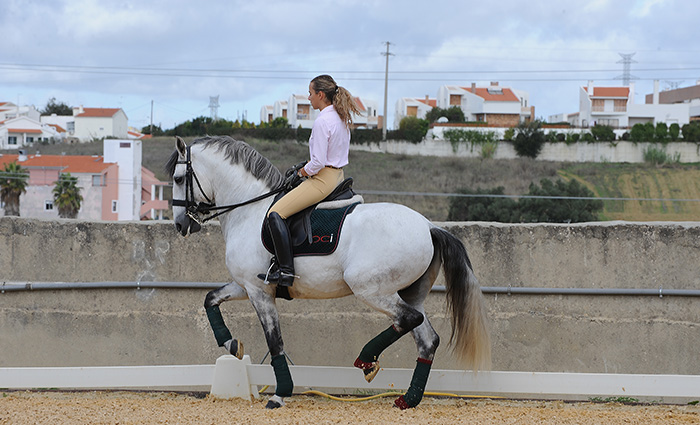
Maria riding Util at home in Portugal, the first time we met her…
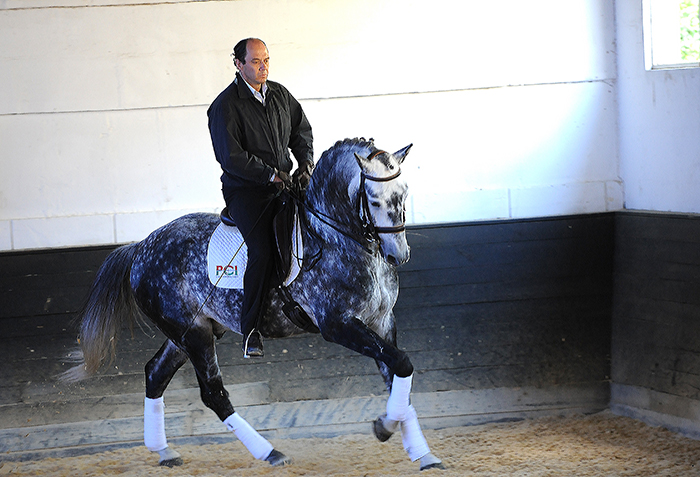
On that visit, we were also privileged to watch her father, Paulo, ride…
“The music I chose was from the soundtrack of Pirates of the Caribbean. It’s very used music, it’s not very original, I must say, but it is very strong music. It is like Lusitanos, it’s the feeling they have, it fits the Lusitano.”
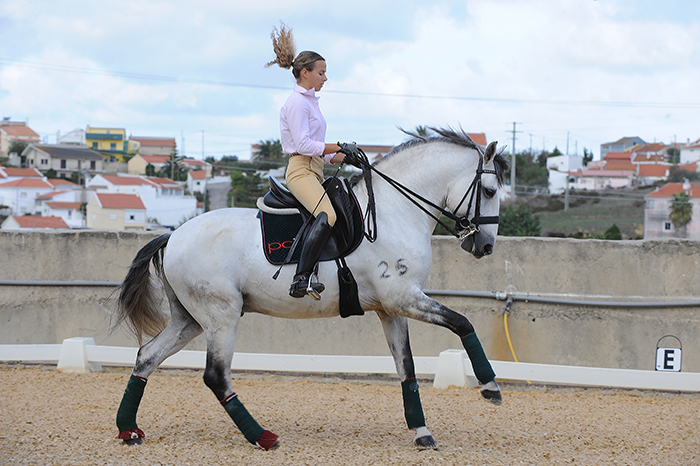
“It’s a very difficult choreography. I want to show that the Lusitanos have such a good mind and ability to cooperate with the rider, that they can perform with a Freestyle with a high degree of difficulty. It has difficult combinations of movements. We start with one tempi changes right after the first halt, down the centre line, so it starts already a bit difficult…”
But you are not like your father riding one times changes straight at a bull…
“It’s the same principle, you have to be straight, with good impulsion.”
